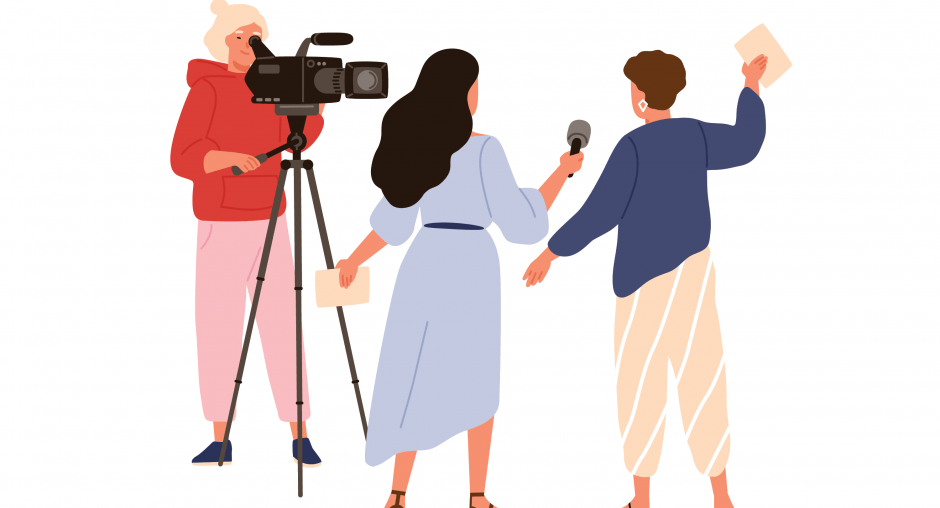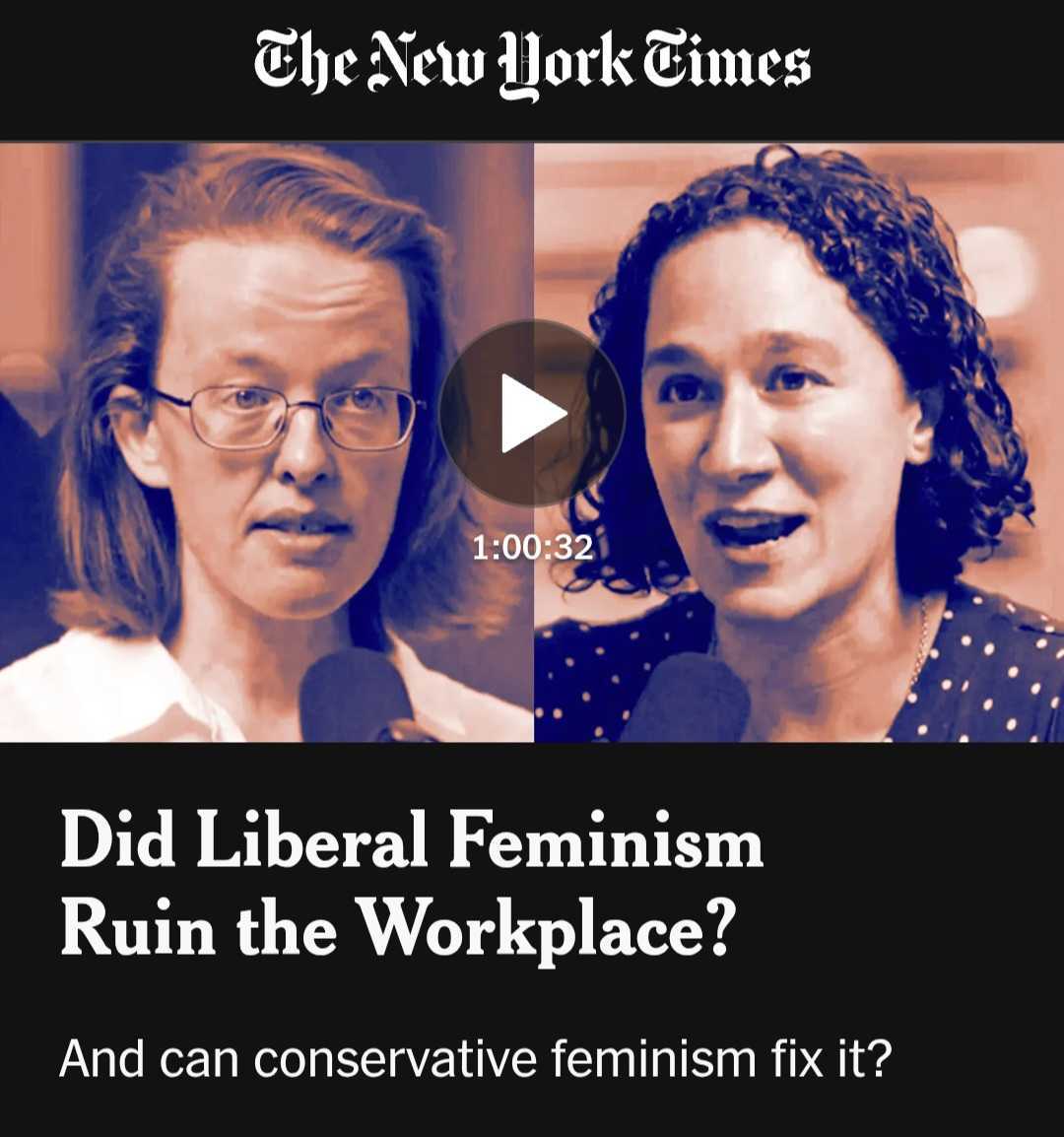Editor’s Note: FII’s #MoodOfTheMonth for November, 2021 is Popular Culture Narratives. We invite submissions on various aspects of pop culture, throughout this month. If you’d like to contribute, kindly email your articles to sukanya@feminisminindia.com
Power structures in the Indian society are found to be quite deep-rooted and a clear manifestation of this can be seen in the domain of popular culture, where gender imbalances remain quite pronounced. French philosopher Michel Foucault had long back, gone on to assert that modern power is ‘capillary‘- power flows through the system just like blood flows within the capillary in a human body.
Power is seen to operate at the social body’s lowest extremities in everyday social practices, of which popular culture remains a primary part. Some of the main facets of popular culture in India include movies, advertisements and sports, among others. The gender divide in these domains remains quite visible and has grown with time.
B-Town’s gender disparity
Bollywood is an omnipresent force within India’s popular culture. Behind all the glitz and the glamour, there is a gender divide that persists within the film industry. The end credits of films, more often than not, feature the male lead’s name before the female, irrespective of whether both had an equal part to play or not. On International Women’s Day in 2013, veteran actor Shah Rukh Khan took initiative to break this trend by stating that the female lead’s name would come before his in the end credits of his films thereafter.
‘Women-centric‘ films are emerging as a new trend in Bollywood. It is an industry that began in the 1930s but it was only 2000 onwards that women-centric films started being made in larger numbers. In 1957, Nargis-starrer Mother India was the first of its kind to break the glass ceiling in Bollywood. Traces of films with strong female leads could be found later on in the 1970s and 1990s. 2010 onwards, things took a new turn with more women focused films making it to the silver screen. It took over 80 years for films with poignant female characters to become the ‘new normal‘.

In today’s day and age, they attract a large audience and have often been blockbusters. Vidya Balan-starter Kahaani and Aalia Bhatt-starrer Raazi crossed the 1 billion mark at the box office, for instance. But despite phenomenal performances by female actors, a pay gap between male artists and female artists remains widely entrenched within the industry.
Many top actresses in the movie industry have also been quite vocal about this pay gap. In conversation with The National Bulletin, actress Taapsee Pannu went on to reveal that if an actress asks for a higher pay, she is perceived as someone who is “difficult and problematic“.
Advertisements play a dominant role in the repeated endorsement of goals and values pertaining to gender roles in society, which in turn get embedded into a child’s cognitive system through the process of sedimentation. This fosters problematic gender stereotypes which then affect egalitarian thoughts and especially disadvantage women in a patriarchal society. Just like the feminist philosopher Simone De Beauvoir once put it – “One is not born, but rather becomes, a woman”
Recently, Kareena Kapoor also fell prey to online trolls when she sought a higher remuneration for playing the role of Sita in an upcoming project. Despite being an established actress with more than 20 years of experience on her plate, what should have been viewed as an earned right was on the other hand, trolled mercilessly as ‘greed‘.
Growing need for gender-positive ads
Gender stereotypes are found to be deep-embedded in the case of most Indian advertisements as well. A quintessential ad on kitchen appliances would depict a woman working in the kitchen and conveying to the audience how it makes her life easier. One would seldom see a man wearing an apron and promoting such products, when it is a known fact that the kitchen is not only a woman’s ‘work space‘ and that even men must take up responsibility and share the workload. On the other hand, car and bike ads always feature a male lead even though automobiles in India are self-driven by women in large numbers.
Also read: Male Gaze In Visual Media: The Fetishisation Of Women And Queer Characters On Screen
With regard to lesser discussed aspects like menstruation, advertisements remain the only platform wherein discussions on the stigmatised topic take place in India. However, the portrayal of period blood in the form of a blue gel when it comes to the endorsements on sanitary products, goes on to show that the concept of menstruation remains far from normalised when it comes to the visual representation in popular culture.
A selective representation of this natural phenomenon fails to normalise it in the audience’s mind and projects it as something that rather remains concealed.
Since advertisements dominate the mental lives of people, it also goes on to shape the mindset of the country’s young population. Childhood plays a pivotal role in the plasticity of one’s development – wherein, one learns all the values and norms needed to behave in a manner that is acceptable in society. Gender stereotypes make young minds aware of certain gender roles that they must go on to perform in the course of life. This phenomenon is also known as sedimentation.
Just like a river goes on to accumulate particles and then deposits them as sediments which go on to determine a river’s flow, one accumulates information as they progress in life, unconsciously creating a contoured bedrock of understanding that conditions their behaviour.
Women are seldom given the space to figure themselves out and fail, in our times because every move a woman makes is scrutinised for misgivings. Popular culture aids to this predicament by reinforcing the gender divide through unequal pay, lop sided characterisation of women in films and advertisements, normalising unrealistic beauty standards and encouraging binaries
Advertisements play a dominant role in the repeated endorsement of goals and values pertaining to gender roles in society, which in turn get embedded into a child’s cognitive system through the process of sedimentation. This fosters problematic gender stereotypes which then affect egalitarian thoughts and especially disadvantage women in a patriarchal society. Just like the feminist philosopher Simone De Beauvoir once put it – “One is not born, but rather becomes, a woman“
Gender gap in the sporting world
Since sports like weightlifting and boxing are thought to be ‘masculine‘, families are usually reluctant when it comes to promoting the interests of women in these male-dominated sporting activities. Any discussion on Indian popular culture is incomplete without talking about cricket. While men’s cricket has seen more than 10 IPL seasons, a platform that has helped in spotting talent at the grassroot level and building a strong cricketing community, women’s cricket is yet to have its first IPL season.
The IPL platform has been a sure recipe for success for the men’s team. At the same time, India’s women’s cricket team is a powerhouse of talent. The team players have shown great promise and have already broken multiple records at the professional level. For instance, a 320-run stand between cricketers Poonam Raut and Deepti Sharma is recognised as the highest ever in the One Day International (ODI) format.
Countries like Norway have championed the cause of gender equality in sports by taking initiative to break the gender divide by introducing equal pay for both the men’s and women’s football teams. In India on the other hand, a gender pay gap is visible between the men’s football team and the women’s football team.

The gender lens is employed in almost all aspects of popular culture. It creates discriminatory barriers that leads to the normalisation of a power structure that favours men over other genders. In this context, the male gaze theory can also be seen in connection with Michel Foucault’s prisoner theory. Foucault’s theory holds that just like prisoners are aware about their dos and don’ts and have to be a behave in a certain manner, the male gaze has gone on to make women conscious of their actions since they become aware of the fact that every action of theirs is being scrutinised.
Also read: The Comeback Of Blatant Misogyny This Olympic Season
Women are seldom given the space to figure themselves out and fail, in our times because every move a woman makes is scrutinised for misgivings. Popular culture aids to this predicament by reinforcing the gender divide through unequal pay, lop sided characterisation of women in films and advertisements, normalising unrealistic beauty standards and encouraging binaries.
We must examine all aspects of popular culture for parity and question the positioning of women in these spaces so as to create more dialogues about the need to be more inclusive and befitting of a modern, egalitarian society.
Prarthana Sen is a Master’s graduate in Political Science from St. Xavier’s College, Kolkata. She is presently working as a Research Intern for the Observer Research Foundation. She may be found on Instagram and LinkedIn
Featured Image Source: OSCE





https://youtu.be/vyFjPHwF6To
If women really got paid less, wouldn’t everyone just hire women? It’s about how much money you bring in, whether in cricket, movies, business, etc. Women prefer watching Shahrukh Khan, Virat Kohli, etc. How many women are in the stadium during women’s cricket or football matches? It’s also about talent Australia’s women’s football team lost 7-0 to 15 year old boys. Google it. Furthermore, women choose easier fields such as teaching and nursing but compare their pay with men who choose engineering and law. Women also work less hours and take more days off. By the way, you forgot to mention that 93% workplace deaths are of men who have to support their familes by working in dangerous jobs such as coal mining, sewer cleaning, roofing, logging, construction, steel and iron work, etc.